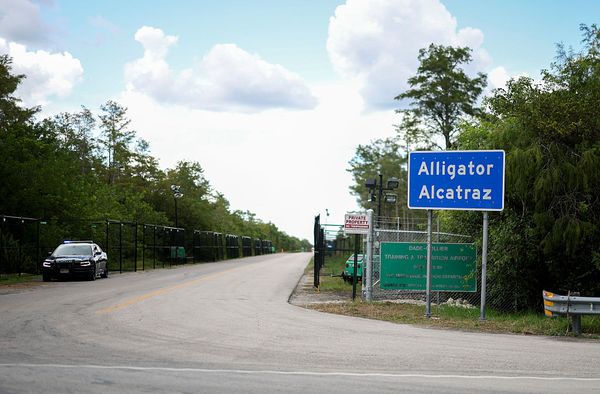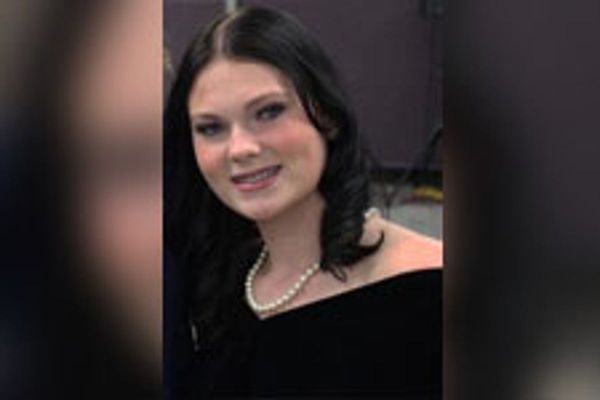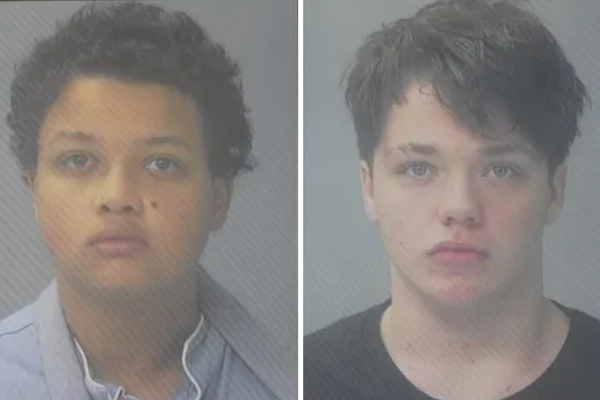
My father, Chris Calladine, who has died aged 90, came from an East Midlands mining community to become a professor of structural mechanics whose groundbreaking work contributed to the understanding of DNA.
He taught for 42 years in the engineering department at Cambridge University and was a fellow of the Royal Society and of the Royal Academy of Engineering.
His unique, cross-disciplinary work as a structural engineer in the seemingly unrelated field of molecular biology began in the 1970s with a collaboration with the biophysicist and later Nobel laureate Aaron Klug. At Cambridge, Klug introduced my father to problems in the construction of microbiological systems. Chris noticed the remarkable similarity between the molecular structure Klug described and that of the geodesic dome, and then applied principles of structural mechanics to solve fundamental problems in the study of bacterial flagella (1975), DNA (1982) and protein nanotubes (2001).
Thirty years after Rosalind Franklin’s observation that DNA fibres can switch between two distinct forms, in 1982 Chris devised a set of rules to explain this mechanism and how DNA can bend and wrap around proteins. What came to be known as “Calladine’s rules” described the detailed structure of DNA, which had been revealed by X-ray crystallography in 1981 to be very different from the Watson-Crick model.
Chris’s 1992 book, Understanding DNA: The Molecule and How It Works, has been translated into several languages and is currently in the third revised edition. It remains a standard text and even made a cameo appearance in the 2009 film The Girl Who Kicked the Hornets’ Nest, much to his delight and amusement.
Born in Stapleford, near Nottingham, Chris was the son of Mabel (nee Boam), a teacher, and Reuben, a colliery clerk. His parents both came from Ilkeston, a coal-mining town in Derbyshire, and his paternal and maternal grandfathers were miners.
He won a scholarship to Nottingham high school and from there an open scholarship to Peterhouse, Cambridge, where he studied engineering. After graduating in 1956, he took a master’s degree in civil engineering at MIT in Massachusetts.
In 1960 he started a long teaching career at Cambridge; he became professor of structural mechanics in 1986, emeritus on his retirement. He regarded teaching as a serious and essential duty. Graduates remember his lectures as being beautifully clear, with characteristic hand-written notes, careful diagrams and demonstrations.
In his specialist research areas, he found solutions to problems as diverse as the buckling of deep-sea pipelines and the wrinkling of hi-tech helium balloons being developed by Nasa.
Chris married Mary Webb, a GP, in 1964. Their Christian faith played a big part in their lives, and they celebrated their diamond wedding anniversary in 2024.
Chris was a humble, kind, generous and loyal man: loyal to his roots, his family, his school, college, students and colleagues. He had an amazing memory, even at 90, an inquiring mind and a great sense of humour.
He is survived by Mary, their children, Rachel, Dan and me, and three grandchildren, Maya, Finn and Esme.







